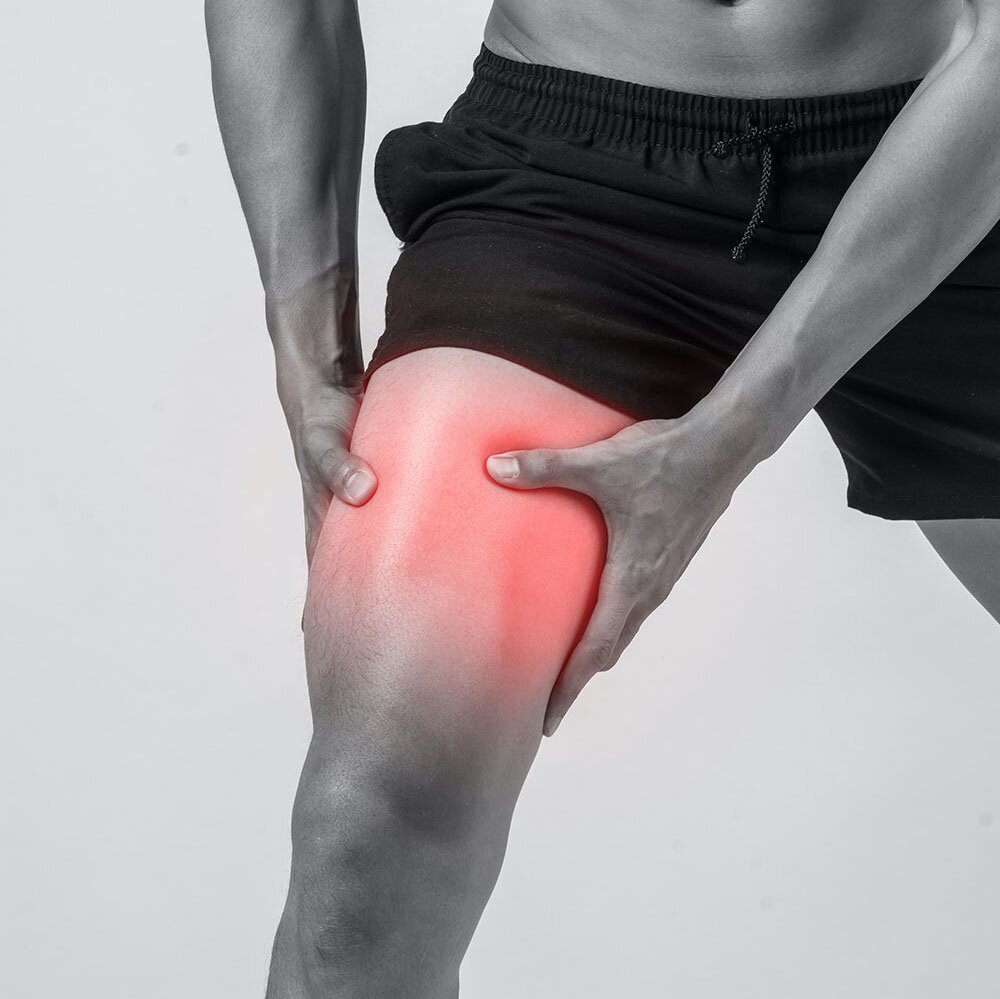How to Prevent Shin Splints
Are you new to skipping rope? Have you experienced shin splints? Don’t worry, you’re not alone. Keep reading.
Injuries are never fun to deal with. Most of us know how frustrating shin splints can be. When coaching new clients who are just starting out, as a jump rope coach I always reassure my clients that there are things they can do to avoid injuries such as shin splints when skipping rope.
Let’s talk about shin splints
So let’s get straight to the point. Why are you getting shin splints? How do you get rid of shin splints once you get them? And how do you prevent shin splints when skipping rope in the future? Let’s break it all down.
What are shin splints?
Shin splints are inflammation in the muscles and tendons along the front of your shin bone, your tibia. They’re completely normal and in fact up to a third of people experience them at some point when participating in some form of intense exercise such as skipping rope, especially when starting out for the first time. It affects women more often than men, and those who have a high BMI - but the solution is the same for everyone and actually quite simple.
How do you get rid of shin splints?
This one’s simple. Rest. Just rest. Shin splints are a big sign that you’re over doing in some way, and like with any intense exercise (such as weightlifting) the body needs time to recover from that intensity. So let it. It’s understandable that when you first skipping, you’ll want to spend every second learning new skills and unlocking new tricks - time can easily get away from you, but you must rest.
Professional advice is to rest for a minimum of 48 hours and wait for the pain to go away completely before continuing with more, and then gradually reintroduce the activity, building up to a volume of training or level of intensity your body can handle.
How do you prevent shin splints?
Now that you’ve recovered from your shin splints and you’re ready to get back on it and start working hard again, how do you prevent those dreaded shin splints from returning with a vengeance? I’ve listed below the five things you can do to prevent shin splints when skipping rope.
1 Listen to your body
Most people are familiar with the concept of pushing through the pain and ‘no pain no gain’, but there’s a big difference between the normal burn in your muscles ‘pain’ you get at the gym and actual pain. Pain is your body’s way of telling you something’s not right. Don’t ignore the warning signal and cause yourself to take ten steps back.
2 Jump on the right surface
Hard surfaces such as concrete are not your friend. They increase the impact on your joints and they increase the likelihood of getting shin splints because of this. The ideal surface for skipping is a wooden flooring which has a little spring in it, but for most people especially if skipping at home, a rubber surface such as an exercise mat is a perfect choice. If you have to jump on a hard surface like concrete then be mindful of your intensity and make sure you follow the rest of these tips in this blog.
Where can I get a good jump rope mat?
Exercise mats, or ‘jump rope mats’ as they’re often branded, are just rubber or PVC surfaces which soften the impact on your joints when skipping rope. You can choose premium ones with your favourite brand’s name on them for a premium price. Or you can get the same thing up to 50% cheaper than leading branded mats.
3 Stretch, stretch often
Part of the reason you may get shin splints is tight calves, the bigger stronger muscles on the back of the shin bone. If these muscles are too tight it can cause an imbalance between the calves and shin muscles, which is a recipe for shin splints. You should stretch before intense exercise, holding the stretch for 8-10 seconds. This is a simple way to prevent an injury in general, not just shin splints.
If your calves are especially tight, then you may want to do some developmental stretching to increase your range of motion in your ankle joint and further help prevent the chance of you getting more shin splints. To perform developmental stretches, hold a static stretch as deep as you can for 30 seconds - at that point the tingling sensation should go away and you can reach deeper in tho stretch, find the new maximum depth of your stretch, hold and repeat.
4 Be mindful of your volume
How much and how often you include skipping in your workout routine will have a huge impact on your likelihood of suffering with shin splints, especially if you're new to skipping rope. I often find that beginners face the simple issue of too much volume. They do too much. Excitement and eagerness to learn and unlocks new skills can lead to a 30-minute session becoming a 2-hour session, and this isn’t healthy at the very beginning. Like with all intense exercise, the body requires time to get used to the new stress that skipping imposes on the joints and muscles.
Conditioning is the principle of building up your body to a point where it can safely handle the high intensity and high volume workouts. Start small and build gradually. Things will exponentially grow from there.
5 Warm up properly
It’s very easy to skip the warm-up (pun intended), especially if you’re in a rush to get your workout done. And especially when you have a bunch of new tricks to practice and unlock. But the truth is that a good warm-up is the best way to prevent an injury such as shin splints, and ease your way gently into an intense sweat-inducing calorie-burning workout. Because at the end of the day, that’s what we all want!
What have we learned?
Today we learned that shin splints are normal. But they’re a sign that you’re probably overdoing it. But we also learned it’s an easy thing to fix. Focus on rest and recovery first. Then return gradually to intense exercise whilst being mindful of your workout volume. Taking steps like stretching often and remembering to warm up will help mitigate the risk of getting shin splints again.
Need any more advice?
If you’re still experiencing shin split pain after implementing these tips, or have a pre-existing injury that is aggravated by exercise, then seek medical advice from your GP, physiotherapist or an orthopaedic doctor. I am not a qualified doctor.







